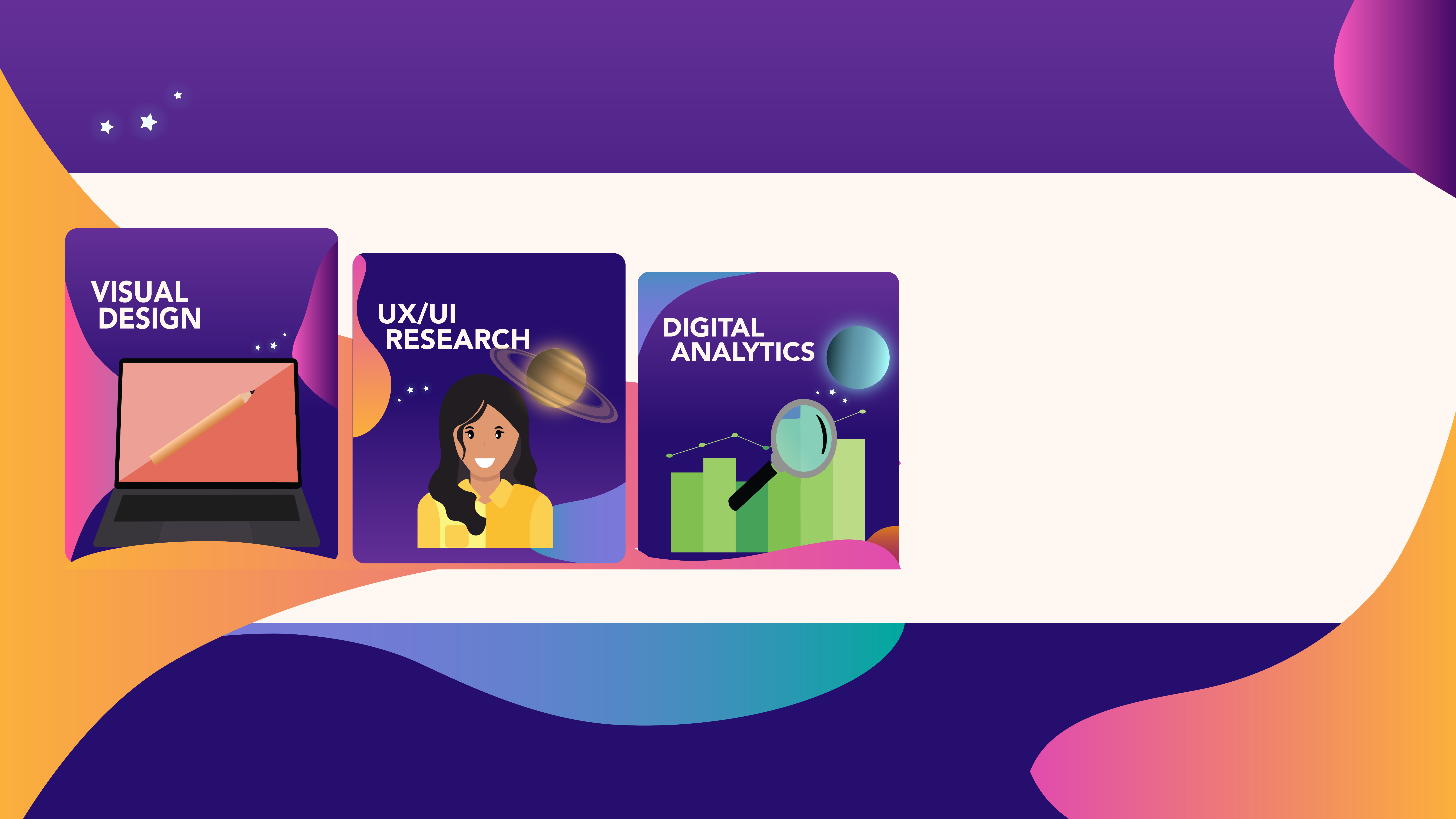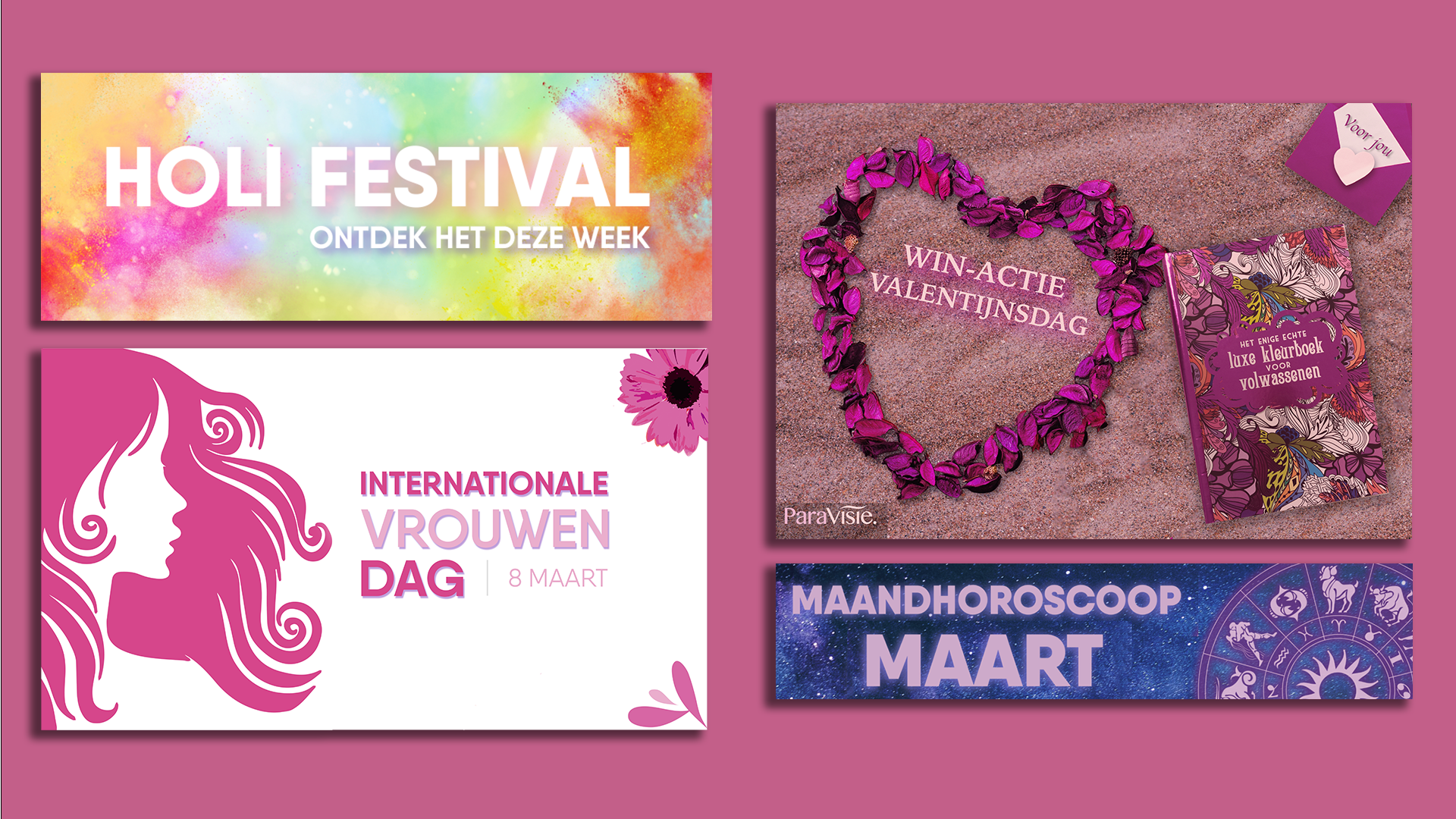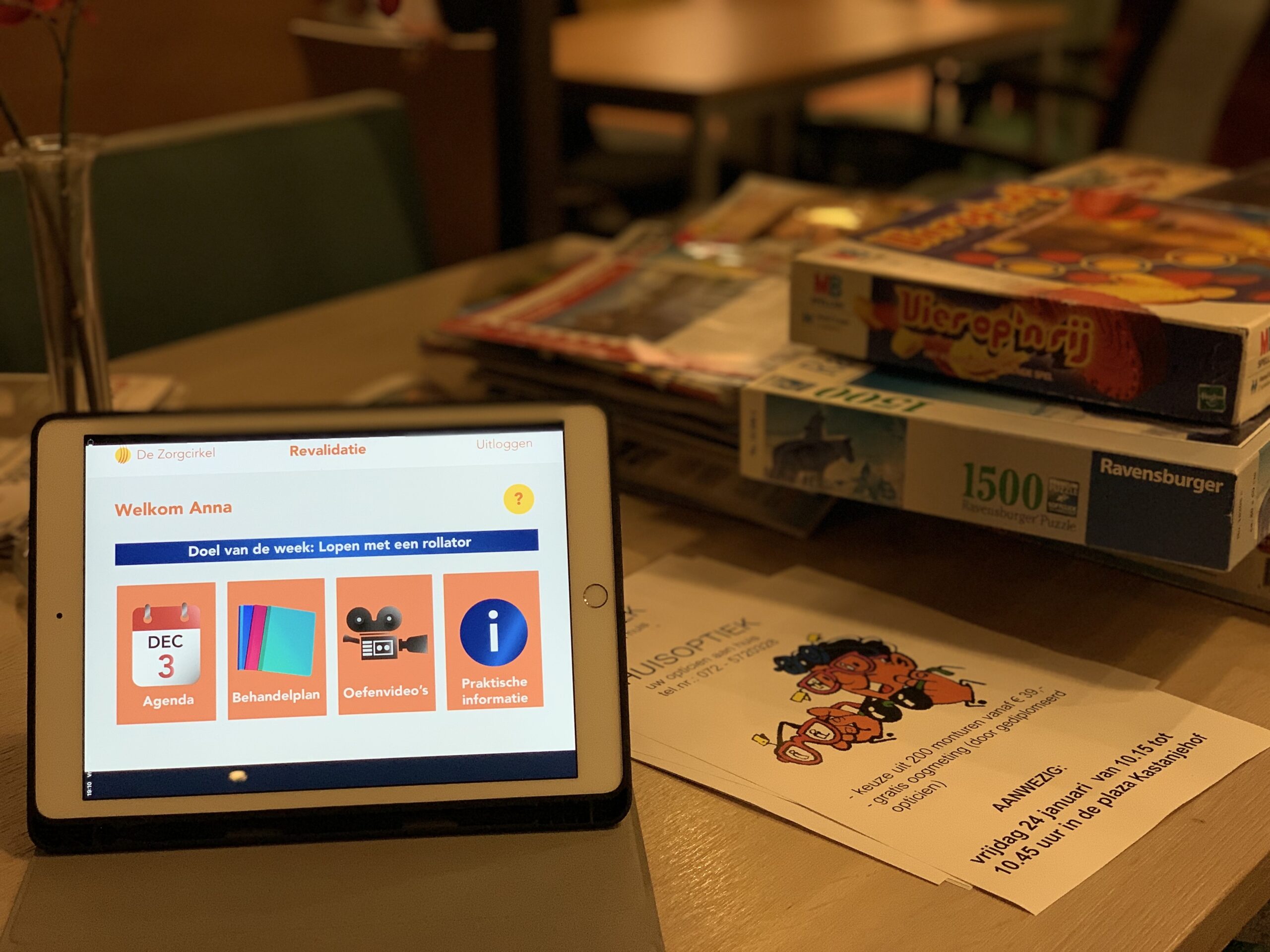
THE SERVICES
VISUAL DESIGN
1. CONCEPTUALIZING
Conceptualizing ideas and exploring design possibilities helps me to get in the process. Experimenting with different visual elements such as color palettes, typography styles, and layout compositions, brings my creative vision to life.
2. ITERATIVE DESIGN PROCES
Refining designs based on feedback from the clients, stakeholders, and user testing is the second step. Ensuring that the designs convey the intended message and meet project objectives is the goal.
3.IMPLEMENTATION
Delivering the finalized design concept, the last step. This entails translating the approved designs into tangible assets or digital prototypes. Collaborating closely with other designers and developers, and seeing what we did together gives me energy.


UX/UI RESEARCH
1. DEFINING RESEARCH GOALS AND OBJECTIVES
Determine what specific insights I want to gain and how they will guide the design process is the first step, whether it’s understanding user needs, identifying pain points, or evaluating usability.
2. SELECTING RESEARCH METHODS
Selecting research methods that align with my goals and objectives. This could involve methods like user interviews, usability testing, as well as quantitative methods such as surveys, data analysis, and A/B testing.
3.COLLECTING AND ANALYZING DATA
Collecting data by conducting interviews, observing user interactions, or gathering feedback through surveys. With the insights that I gathered from it, I use it to inform my design decisions and iterate on my designs to better meet user needs and preferences.

DIGITAL ANALYTICS
1. DATA EXPLORATION AND ANALYSIS
Through exploration and analysis, I uncover insights that inform decision-making in UX/UI design. This involves identifying patterns, trends, and deviations that offer valuable insights into user interactions and preferences.
2.DESIGN INTEGRATION RECOMMENDATIONS
Selecting research After analyzing the data, I integrate key insights into UX/UI design strategies and recommendations. This involves translating data-driven findings into actionable design enhancements and optimizations.
3. ITERATIVE OPTIMIZATION
Enhancing UX/UI design elements based on ongoing data analysis and feedback loops ensures that designs remain responsive to user needs and preferences, driving continuous improvement and innovation in digital experiences.


LET’S TALK
Looking for fresh and exciting ideas to elevate your business?
Let’s brainstorm together and turn these ideas into reality!
Drop me a message and let’s have an inspiring conversation
about how we can take your digital experiences to new heights.
LET’S TALK!
